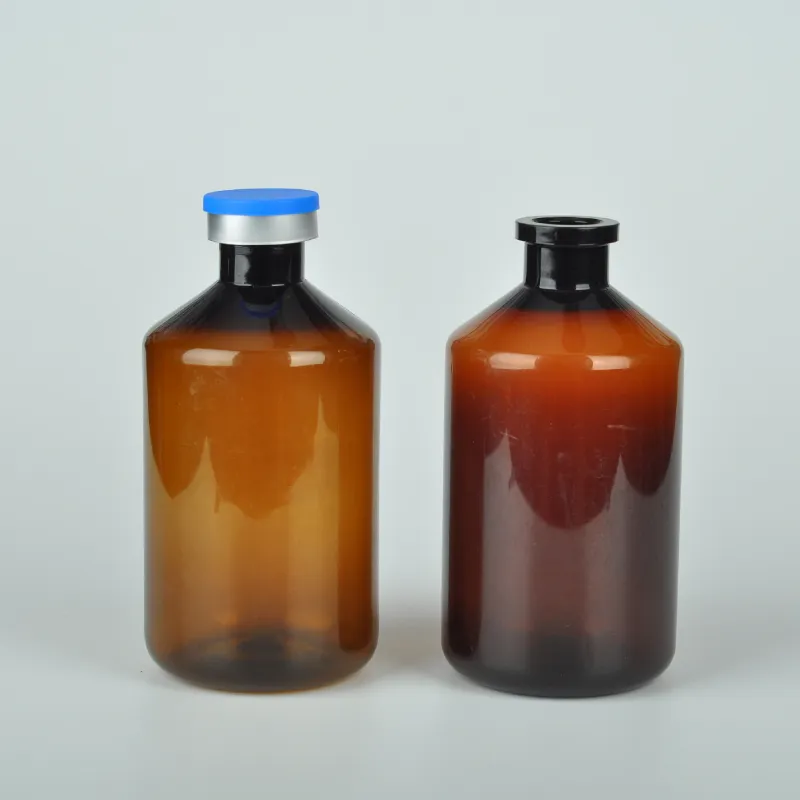Creative Design Ideas for Medicine Bottle Labels to Enhance Patient Awareness
Designing an Effective Medicine Bottle Label A Guide
The design of a medicine bottle label plays a critical role in ensuring patient safety, enhancing medication adherence, and facilitating effective communication between healthcare providers and patients. With the vast array of medications available today, a well-crafted label is not just a regulatory requirement; it is an essential tool in the proper administration of drug therapy. In this article, we will explore key elements that contribute to an effective medicine bottle label design while highlighting the importance of clarity, compliance, and user-friendliness.
1. Clarity and Readability
First and foremost, the text on a medicine bottle label must be clear and legible. This means using an appropriate font size and style that is easily readable by patients of all ages, including those with visual impairments. A sans-serif font, for instance, is often recommended for its readability. The contrast between the text color and the background is also vital; high contrast improves visibility. Information should be organized logically, with key details prominently displayed.
A well-designed label must include critical information pertinent to the medication. This typically covers the following elements
- Medication Name The brand and generic names should be clearly stated. - Dosage Indicate the strength of the medication, such as milligrams or milliliters. - Administration Instructions Detailed guidance on how to take the medication, including whether it should be taken with food or water, frequency, and duration of use. - Refill Information Instructions regarding refills, including the number of remaining refills, can be helpful for patients to manage their prescriptions effectively. - Storage Instructions Correct storage conditions (e.g., temperature, light exposure) should be outlined to maintain the medication’s efficacy.
3. Patient Safety Information
Labels should always prioritize patient safety. It's essential to include warnings and contraindications to educate patients about potential side effects, interactions with other medications, and who should avoid the medication. Incorporating visuals, such as icons or symbols, can help convey complex information quickly and effectively. For example, a sticker indicating that the medication should be kept out of reach of children can quickly catch a patient’s attention.
medicine bottle label design

4. Compliance with Regulations
In many regions, medicine bottle labels are subject to rigorous regulations. Compliance with these guidelines is crucial not only for legal reasons but also to enhance safety and reduce the risk of medication errors. Labels should meet the standards set forth by health authorities, such as including the National Drug Code (NDC) and other required information. Staying updated with changes in regulations is vital for pharmaceutical manufacturers and practitioners alike to ensure label accuracy.
5. User-Friendly Design
Incorporating a user-friendly design is indispensable for encouraging proper medication use. This may involve creating space for additional notes or counseling information that healthcare providers can fill in during consultations. A label that allows for personalized messages can promote a deeper patient-provider relationship and enhance medication adherence.
6. Use of Technology
As technology continues to advance, integrating digital elements into medicine bottle labels can enhance their functionality. For example, incorporating QR codes can provide instant access to digital information, including medication guides, video instructions, or alerts about recent recalls. This approach can bridge the gap between physical labels and the wealth of information available online.
Conclusion
In conclusion, the design of a medicine bottle label is not merely an aesthetic consideration; it is foundational to patient safety, medication adherence, and effective healthcare communication. By ensuring clarity, incorporating essential information, prioritizing safety, and following regulatory guidelines, healthcare providers can maximize the effectiveness of labels. Ultimately, a well-designed medicine bottle label serves as a vital instrument for improving therapeutic outcomes and fostering a culture of safety in medication management.
-
Aesthetic Makeup Spray Bottles | Fine Mist Empty RefillableNewsAug.19,2025
-
White Plastic Veterinary Vaccine Vials | Lab Liquid BottlesNewsAug.18,2025
-
Plastic Medicine Liquid Bottle: Secure Flip Top Drug VialsNewsAug.17,2025
-
Durable 250ml Blue Plastic Vaccine Vial for Lab & Vet UseNewsAug.16,2025
-
Sterile Virus Sample Tubes: Secure & Reliable Specimen CollectionNewsAug.15,2025
-
White 250ml Plastic Vaccine Vial for Lab & Vet MedicineNewsAug.14,2025
























